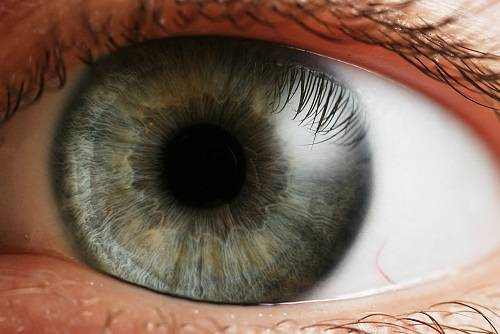Photorefractive keratectomy (PRK) and LASIK are both popular laser eye surgeries designed to correct vision by reshaping the cornea. While LASIK often dominates the conversation, PRK is still a viable option for many individuals, especially those with specific eye conditions or lifestyles. In this article, we’ll explore what sets PRK apart, its advantages and disadvantages, and how it compares to LASIK.
What Is PRK?
PRK, or photorefractive keratectomy, was the first type of laser surgery developed to correct vision, predating LASIK. Both PRK and LASIK aim to address refractive errors such as myopia, hyperopia, and astigmatism by reshaping the cornea, which allows light to properly focus on the retina.
The key difference between PRK and LASIK lies in how the surgeon accesses the cornea. During PRK, the surgeon removes the thin outer layer of the cornea (the epithelium) to apply the laser treatment. In contrast, LASIK involves creating a flap in the cornea, which is lifted during the procedure and then replaced.
Did You Know?
The first successful PRK surgery was performed in 1987, making it the original form of laser vision correction. LASIK, which emerged in the 1990s, has since become more popular, but PRK remains an important alternative for those who may not be candidates for LASIK [Source: American Academy of Ophthalmology].
Pros and Cons of PRK
Pros of PRK
- Better for Thinner Corneas: PRK is often recommended for individuals with thinner corneas or corneal irregularities. Since PRK doesn’t involve creating a flap, it preserves more of the corneal tissue.
- Reduced Risk of Flap Complications: With LASIK, the corneal flap created during surgery can lead to complications like dislocation or infection. Since PRK doesn’t use a flap, these risks are eliminated.
- Good for Active Lifestyles: PRK may be better suited for those with an active lifestyle or jobs that involve physical contact (e.g., athletes, military personnel). Since there’s no flap, there’s less risk of dislodging it during recovery.
Cons of PRK
- Longer Recovery Time: One major downside of PRK is the longer recovery process. Unlike LASIK, where vision usually stabilizes within a day or two, PRK patients can expect blurry vision and discomfort for up to a week after surgery, with complete healing taking several weeks.
- Initial Discomfort: After PRK, patients often experience more discomfort compared to LASIK, including irritation and light sensitivity as the epithelium heals. Medication and protective lenses are usually prescribed to mitigate these symptoms.
- Delayed Results: It may take up to a month for PRK patients to achieve optimal vision correction, whereas LASIK results are often immediate or seen within a few days.
PRK vs. LASIK: How Do They Compare?
| Feature | PRK | LASIK |
|---|---|---|
| Corneal Thickness | Suitable for thin corneas | Requires a minimum thickness |
| Procedure | Removes corneal epithelium | Creates a corneal flap |
| Recovery Time | Slower (weeks) | Faster (1-2 days) |
| Visual Recovery | Gradual improvement | Rapid improvement |
| Risk of Flap Complications | None | Present |
| Discomfort Post-Surgery | More significant | Less significant |
| Ideal Candidates | Thin corneas, active lifestyle | General population, thicker corneas |
Who Should Consider PRK?
PRK is often recommended for individuals who:
- Have thin corneas that may not support a LASIK flap.
- Are involved in activities or professions that put them at higher risk for flap-related complications.
- Have chronic dry eye syndrome, as PRK may have less impact on dry eye symptoms compared to LASIK.
Recent trends in laser eye surgery show a resurgence in PRK for certain demographics. For instance, the military has increasingly utilized PRK for active-duty personnel, as it eliminates the risk of flap complications in harsh environments.
Fact Check:
Approximately 30% of people who consider LASIK may ultimately be better candidates for PRK due to factors like corneal thickness or pre-existing dry eye conditions [Source: Journal of Cataract & Refractive Surgery, 2022].
Costs and Considerations
The cost of PRK is comparable to LASIK, typically ranging from $1,500 to $3,000 per eye in the United States, depending on the clinic and surgeon’s expertise. Since PRK involves a longer recovery period, patients should also consider the time off work and additional follow-up appointments, which can add to the overall cost and recovery experience.
It’s essential to have a comprehensive consultation with an ophthalmologist who can determine whether PRK or LASIK is better suited for your eye anatomy, lifestyle, and vision goals.
Editor’s Advice
If you’re considering laser eye surgery, understanding your options is key. PRK and LASIK both offer life-changing benefits, but the best choice depends on your unique circumstances. Speak with an experienced ophthalmologist to evaluate your corneal health and discuss your lifestyle to determine the right procedure for you. Remember, the goal is to achieve the best vision possible while minimizing risks.





